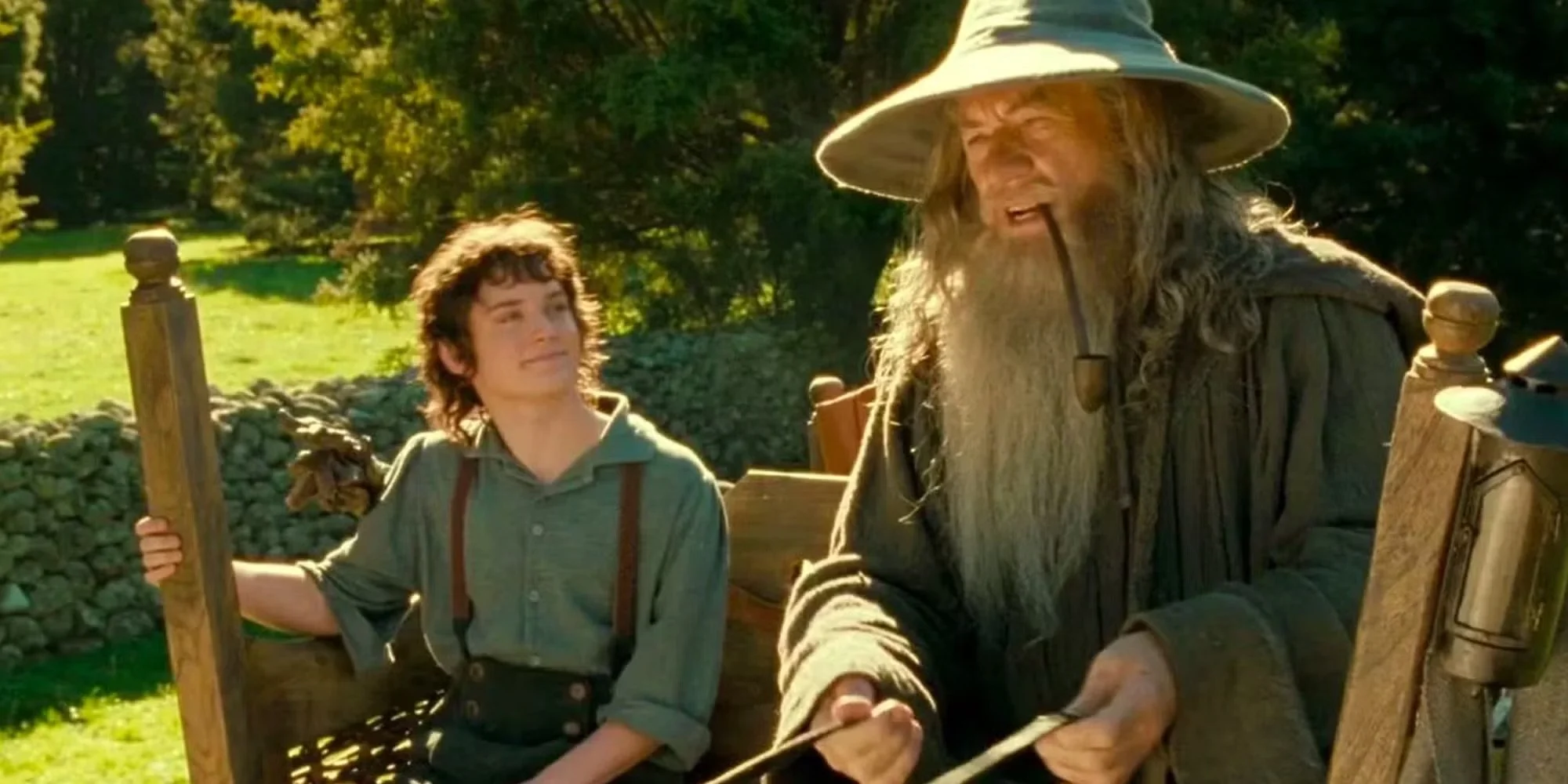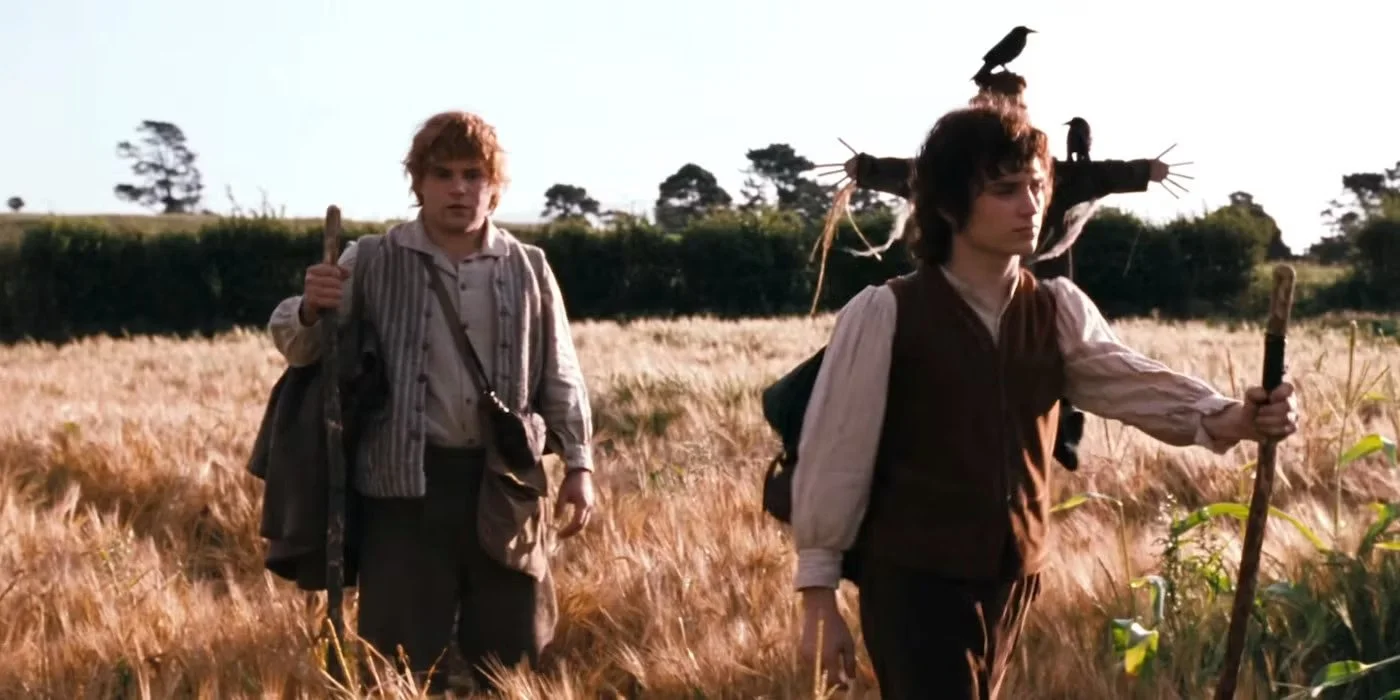The 3 Story Elements You Can’t Go Without!
Storytelling is one of the most powerful tools your brand can use to connect with your audience.
Whether you're creating a brand film, social media content, or a nonprofit campaign, good storytelling keeps people engaged—and moves them to act.
But what actually makes a story work?
Here are three core elements every story needs to capture attention and inspire action.
Setup: Start with the Foundation
Before your audience can feel anything about your story, they need to know where they are and who they’re following.
The setup introduces:
The setting
The main characters
The initial situation
This is the groundwork that makes your plot (and emotional moments) land. Without the setting up of the tale it will be hard for a viewer to understand where the story is. Setting the stage helps connect the audience to the character and what makes them who they re
Example: The Lord of the Rings
J.R.R. Tolkien spends a great deal of time introducing us to the Shire and building the world that makes Frodo who he is. The author shows us how living in the shire is a relaxed, peaceful way of life. He then talks about Hobbits themselves and how they are strange folk that do not like change or adventures and enjoy the quiet of the shire. After seeing up the shire then we are introduced to Frodo and the Ring of Power. We get to know the world—and what’s at stake—so when the conflict comes, we understand why it matters.
Confrontation: The Heart of the Story
Once the setup is clear, it’s time for the conflict to enter.
This is where your character (or customer) faces a challenge, problem, or decision that pushes them out of their comfort zone.
Example: Frodo’s Turning Point
When Frodo inherits the Ring from Bilbo after Bilbos birthday party, Gandalf tells Frodo the history behind the ring. He tells him about the danger the ring holds and that no one is safe as long as the ring remains. So Frodo faces a choice: stay in the safety and quiet of the Shire or sacrifice everything to protect Middle-earth. His inner conflict is real—and relatable.
You can see Frodos hesitation, conflict and difficulty in making this decision even if he knows what the right answer is. This is not the only confrontation in the Lord of the Rings tale but there are many all throughout the story. The confrontations keeps your audience invested. They want to see what your character does next. It’s the emotional tension that moves your story forward.
Resolution: Show the Change
Every story needs a satisfying end. That doesn’t always mean a happy ending, but it should show growth, change, or impact.
Example: A Changed Frodo
Resolutions can look different ways but in the case of Lord of the Rings when the confrontation comes to Frodo, he has to choose to take the ring or leave it. He decided to take the ring on a journey to destroy it. By the end of the trilogy, Frodo is forever changed. You see him having grown in mental strength, determination, and the power of friendship. He’s not the same hobbit who left the Shire—and that’s the power of a good resolution.
Resolutions give meaning to your story. They close the emotional loop and leave your audience with something to remember (and feel).
Why This Matters for Brands & Nonprofits
Story has a powerful ability to take its viewer on a journey through highs and lows, trials and tribulation, conflict and restoration. Story has the ability to get your viewers emotionally invested and then require them to respond do it. People support missions they feel emotionally connected to.
By using storytelling in your videos, campaigns, or website content, you Build trust and connection, Show your mission in action, and turn viewers into loyal followers
So what story are you telling?
Got questions about storytelling or are you ready to take your storytelling to the next level? Leave a comment or DM us at @blumevideo—we’d love to partner with you to tell your story!






